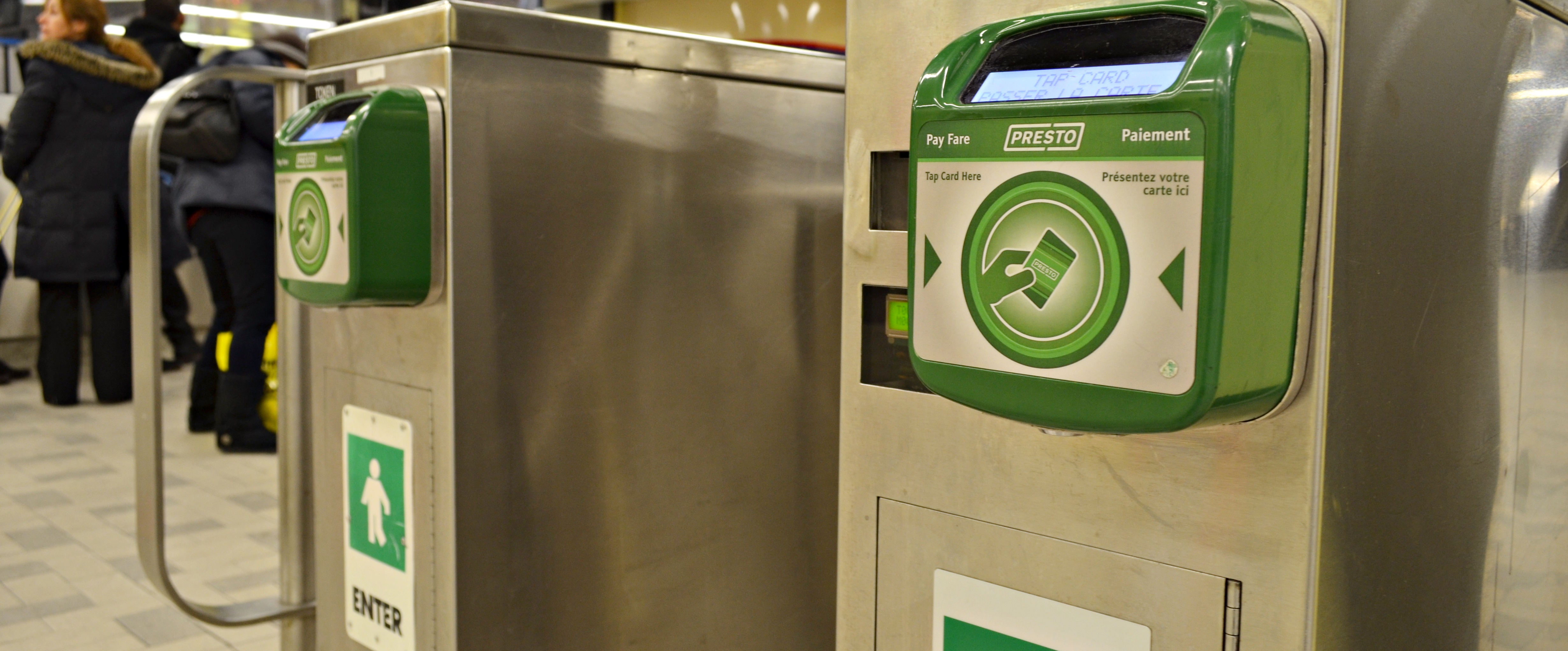The electronic payment system PRESTO, which works across local transit in the Greater Toronto and Hamilton Area (GTHA) and Ottawa, has a long way to go. According to an internal Toronto Transit Commission (TTC) briefing obtained by Toronto Star newspaper, PRESTO shows “continued performance below targets”. Problems with operating transactions and card readers keep arising. Consequently, TTC cannot eliminate the need for tickets, tokens, passes and cash as expected.
The document states PRESTO machines are performing at levels that are “not sustainable over the long term given the impact on customers, revenue and reputation.” In fact, the briefing affirms that TTC “is experiencing a significant amount of lost revenue as a result of PRESTO’s reliability issues”. Between September 26th and 28th, for instance, a “significant streetcar outage” caused an estimated $8,900 in lost fares.
What is the problem?
In 2016, TTC installed PRESTO card on all buses and streetcars. This allowed customers to pay their fare with a tap on board. The transport agency also deployed machines in at least one entrance of every subway station. Since then, however, the system has shown low reliability rates dues to frequent “sporadic outages”.
According to the briefing note, about 2% to 3% of the 5,000 fare card readers on TTC buses and have typically not been in service between June and August. In addition, 10% of fare vending devices at metro stations have not been fully functional at any given time. Thus, passengers could not purchase new cards or load funds.
There have also been issues with control gates at subway. Last February, TTC suspended PRESTO fare gate installation due to mechanical and software problems. Motors on the 1,000 gates had high failure rates, not allowing riders access the subway when tapping the PRESTO card.
Who is responsible?
The implementation of PRESTO on the TTC is a joint effort of the city’s transit agency and Metrolinx, the provincial agency responsible transportation for the GTHA. Metrolinx owns PRESTO, whilst TTC offers the service and is responsible for the fare gates.
According to TTC, PRESTO “is solely the responsibility of Metrolinx and its equipment and software provider.” Consequently, the transport agency has billed Metrolinx for $4.2 million in lost revenue due to unreliable machines. The provincial organization, however, has disputed TTC’s claims and accused the agency of owing money for additional work. According to the briefing note, the two sides have agreed to take the disagreement to a mediator for resolution.
So far, implementing the system on 11 transit agencies across Ontario has costed $1 billion, of which $478 million went to install PRESTO on the TTC. In 2012, Metrolinx estimated it would just cost $255 million.
When will PRESTO work fully?
TTC has pushed back the deadline to complete the switch to the smartcard system. Due to underperformance, TTC does not expect to eliminate older forms of payment until 2019. This is nine years after the first card readers were installed at subway stations.
Deeper insight
For more information on PRESTO fare card system, check Toronto Star’s articles



